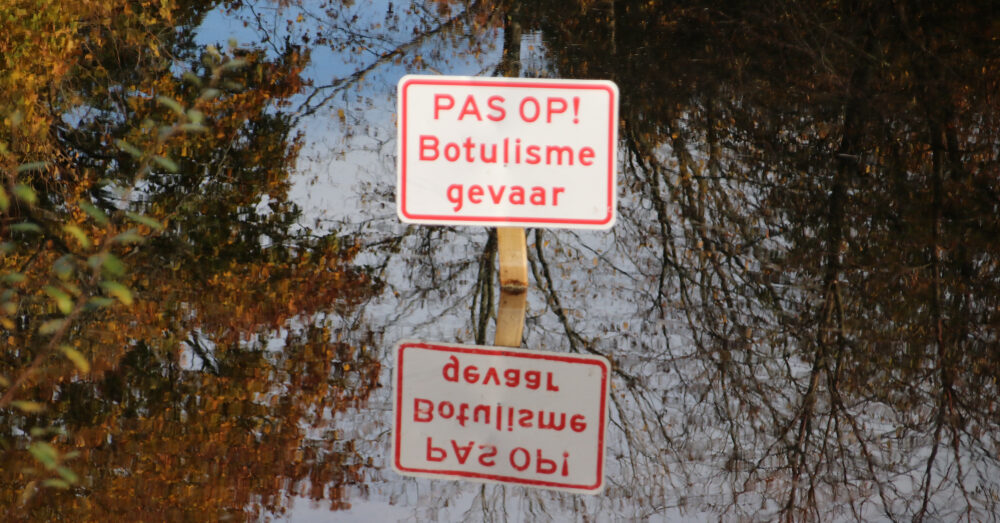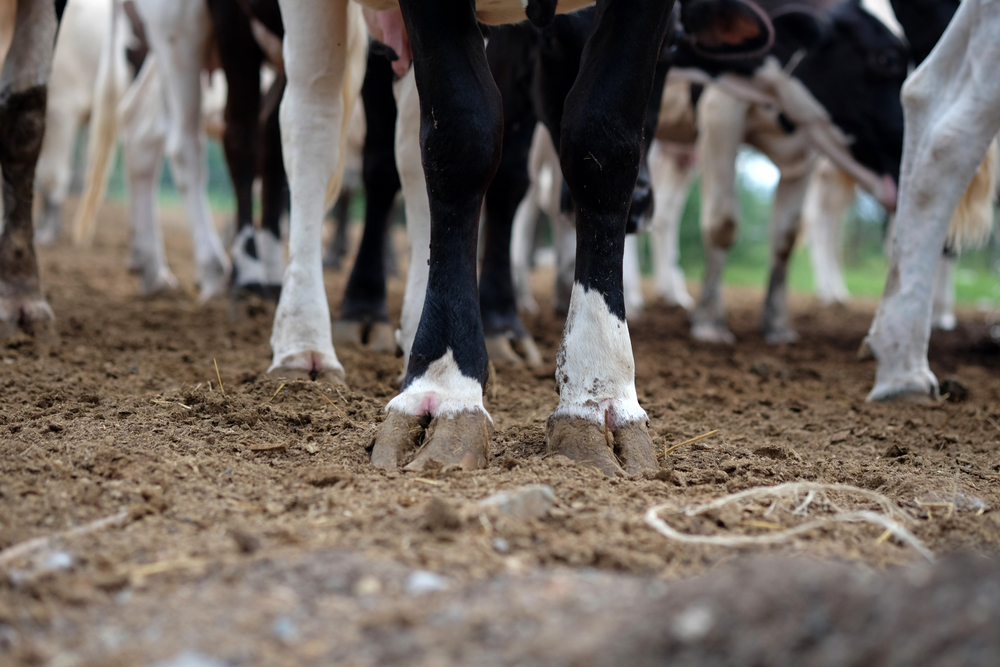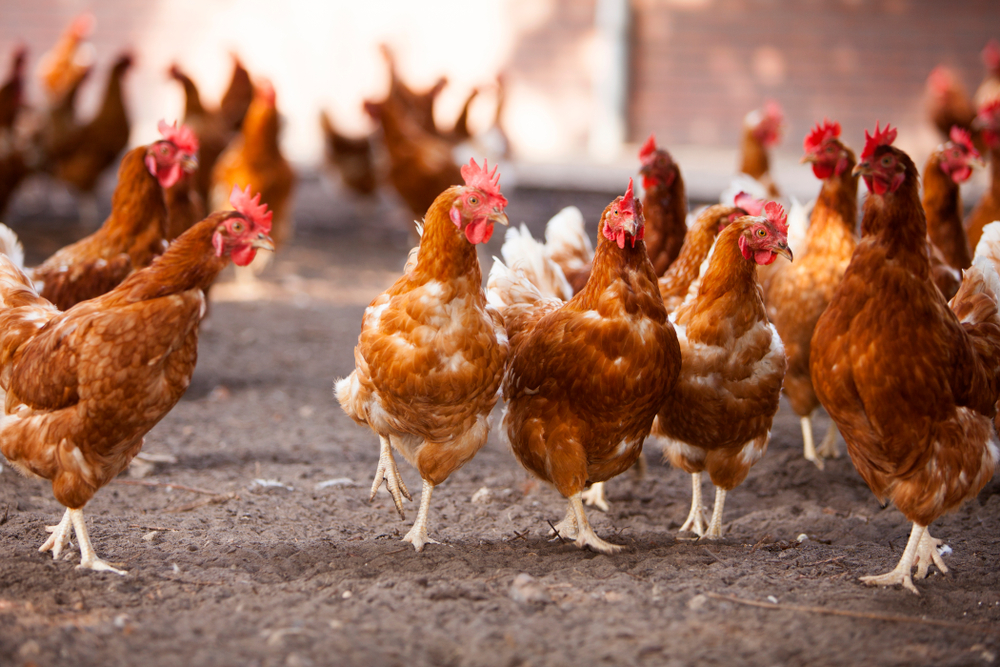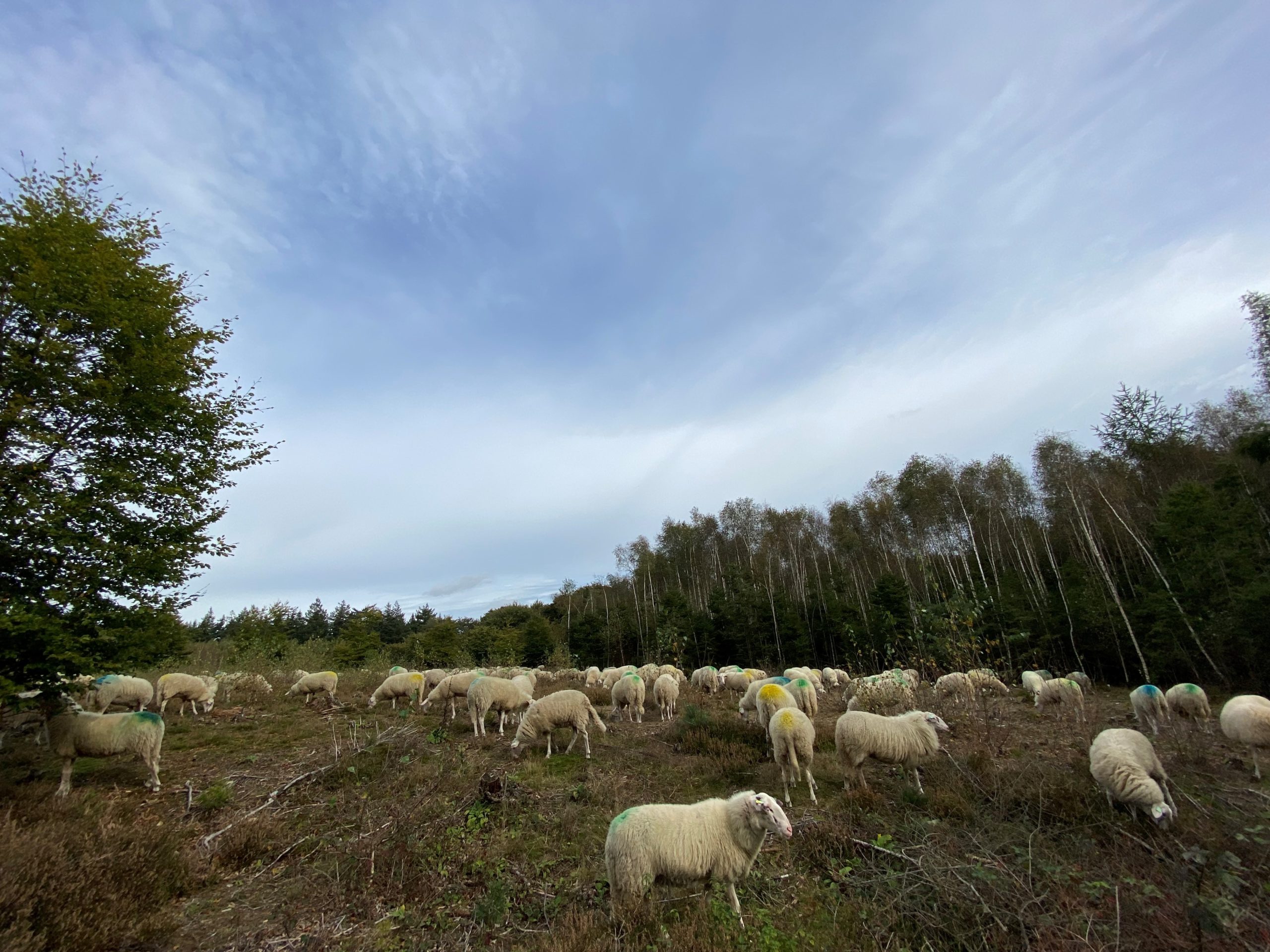Wageningen Bioveterinary Research (WBVR) has switched to a new in vitro test to detect botulism toxins, which means mice are no longer required.
The transition to this new in vitro test aligns with WUR’s ambition to cut back the use of animals in diagnostics, research and education. WBVR researchers have been working to prepare for this switch since 2018. Miriam Koene is among them. ‘The test is based on a method that was described in the US some twenty years ago. Not all of the reagents are freely available in Europe, however, so we started to investigate whether we could produce the required antibodies ourselves,’ she states.
Lama antibodies proved successful. An extensive validation process that took years has shown that the in vitro test is as dependable as the diagnostic that was hitherto used. The new in vitro methos is being used in all veterinary botulism diagnostics as of 1 April. The transition for human variants, which has many more subtypes, is expected to take place next year when tests developed in Germany become available.
Toxins
In the Netherlands, botulism is known mainly for causing mass mortality among (water) birds in warm summers. It also occurs in bovines, poultry and equines. Human infections are rare and occur approximately once every two to three years. Botulism symptoms include paralysis, sometimes fatal, caused by toxins produced by Clostridium botulinum bacteria.
Clostridium botulinum is a bacterium that occurs naturally in the Dutch soil. The bacteria are also found in animal gastrointestinal systems, where “normal” intestinal flora prevent it from forming toxins. Problems, both inside and outside of the body, occur when the conditions to produce toxins are optimal: the correct temperature, an anaerobic environment and several other factors. The toxins produced under these conditions are among the most dangerous that occur in nature.
One thousand tests
WBVR is the only lab in the Netherlands that conducts routine botulism tests. Approximately one thousand tests are conducted yearly. Each test consists of two parts: a test to detect the presence of the bacteria (a relatively simple PCR test) and a toxin test. Detecting botulism toxins is the most accurate way to determine a botulism infection. These tests required several dozens of mice per year, Koene estimates.
WBVR is among the first European institutes to fully transition to the animal-free in vitro method. Nothing changes for clients wanting a sample tested; the time required and the application procedure remain unchanged.
How does it work?
‘The test is not an easy one, nor is it easy to explain, ’ Koene cautions. In layman’s terms, in the new in vitro test, lama antibodies are attached to minute magnetic pellets, which “fish” in the sample. Any toxins that are present in the sample will attach to the antibodies. A magnet is then used to extract the pellets, leaving you with a concentration of toxins.
Next, synthetic proteins are added to see how they are broken down. Botulism toxins are enzymes that break down proteins in a very specific way (which explains why botulism causes paralysis. MALDI-TOF, which stands for matrix assisted laser desorption/ionisation time-of-flight analyser, and which is a method to measure proteins using mass spectrometry, is used to detect whether these specific products from the breaking down process are present in the sample, and thus, whether there are botulism toxins present.

 In the Netherlands, botulism is known mainly for causing mass mortality among (water) birds in warm summers. Photo Shutterstock
In the Netherlands, botulism is known mainly for causing mass mortality among (water) birds in warm summers. Photo Shutterstock 

